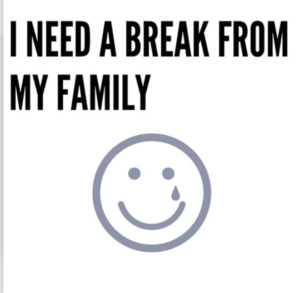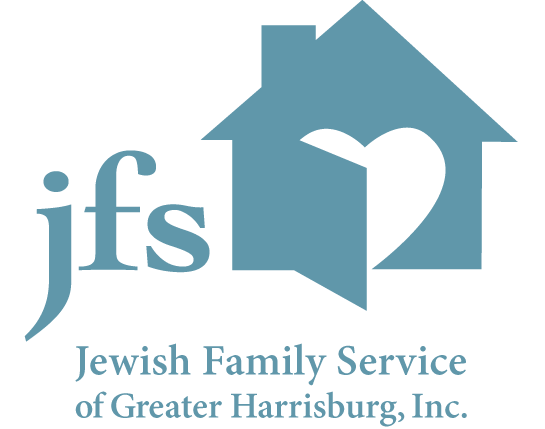Parents do not like to admit it. All parents. Adoptive or biological. But sometimes our children trigger us so much that we imagine giving them away. This is normal human nature. We have all been there as parents. We do not like to even own this thought. And usually the thought passes. But what makes some adoptive families follow through upon this impulse and others not? What makes some families actually act on that invisible return label?
Children and Youth Services
If you adopted a child, you are aware that there is an agency called Children and Youth Services-CYS-that is designed to keep children safe. Some families foster children through CYS and then adopt directly from that agency. Some have private adoptions. Some adopt through agencies like Jewish Family Service. No matter how you met your adopted child, in the back of your mind, you know that this agency called Children and Youth Services is required to care for your child if you ever decide to give them back. This is where that invisible return label comes into play. It’s there. Always. No one talks about it. But as a Post Permanency worker, I do see families unfortunately utilize that return.
REJECTION AGAIN
We are not going into the details in this Newsletter of how damaging dissolving an adoption is to a child. Youth who have been abandoned once clearly suffer a unique kind of trauma and harm when enduring such abandonment yet again. Let’s instead focus on ways to get the support that is necessary to keep that return label obsolete until it makes that option impossible. Adoption disruptions don’t have to happen. No children should be seen as returnable. There are creative solutions to every situation.
 Ask For Help
Ask For Help
We have all heard the term early intervention. It is typically designed for young children who are developmentally delayed to help them catch up. But you can use this same process for newly adoptive families. They too need some extra help. The children being adopted most likely come to the family with a history of trauma, loss, and some with uterine exposure to substances. No matter what situation you fall under, extra support is always a good idea as you are growing into your new family. Keep reading to learn what kind of help may be exactly what your unique family needs. Just don’t wait too long. Ask for help before things get bad; before the crises.
 Outpatient Therapists
Outpatient Therapists
Great place to start for your child and/or for you. An outpatient therapist that works with parents and youth can provide the atmosphere necessary to work through even the toughest struggles. Remember, depending on the age of your child, they may do better in play therapy then traditional talk therapy. Some children will do best in an alternative type of therapy such as equine assisted therapy. The key is to ask for help when trouble bubbles up, because it inevitably will.
Intensive Behavioral Health Services
Intensive Behavioral Health Services is a therapeutic program where practitioners come into your home and work directly with your child and your family to help with whatever is going on. This support may be all your family needs to get over the hump to begin again.
Family Based Mental Health Services
Family Based Mental Health Services is an intense option to help your whole family maintain your child/teen in your home. This therapy is several times a week in your home and lasts for at least 6 months. Family Based takes commitment and time from your whole family but can be exactly the antidote to keep your family living more peacefully together.
Respite
All families need breaks from one other. Nothing unusual or stigmatizing about that. The healthiest families out there build this type of pause into their family structure to keep everyone energized and happy. That time apart can do wonders. Ideally Grandma can take your child for the weekend. Maybe family friends can do so. Not everyone has these natural supports. Did you know you can utilize Post Perm services to help you develop and utilize non-traditional or traditional respite for your family.
Residential Treatment Facility
This is where your child moves out of your home to a group home, of sorts, where they receive intense therapy, psychiatric services, schooling, and other therapeutic activities. The team at the Residential Treatment Center works closely with the family engaging in weekly family therapy sessions. The goal is for your child or teen to return to your home so expect quite a bit of family involvement and commitment.
Natural Supports
Can your child go live with Mimi and Poppa over the summer? Perhaps you have family friends who are willing to take your child on the weekends to give you all a break from one another? Maybe there is a family in your church who will invite your child to move in with them for an undetermined amount of time. At the end of the day, relying on people you know or are related to, called kinship, is the best option for avoiding a return to the system. Using these connections can keep your child from returning to formal foster care. Using these natural supports is an organic and less traumatic option then more conventional ones.
 You Are Their Parents Always
You Are Their Parents Always
The bottom line is that no matter where your child may be living, that you are their parents forever. When they are grown. When they are at a Residential Treatment Center. When they are staying with friends. Whenever and everywhere. It’s not a connection that can be broken. True though, there are times that your child cannot live in your family home. But as adoptive parents, you choose to remain their advocate, their adult, their parent, their advisor, their supporter, their protector; it’s as simple as that. You may be the adoptive parent but that doesn’t mean your children are returnable.
Read more about the importance of continuing to always parent your children from our wise Adoption and Foster Care Director, Rachel Kuhr.
**Ask your Post Perm worker for more information on accessing any of the above supports.**





